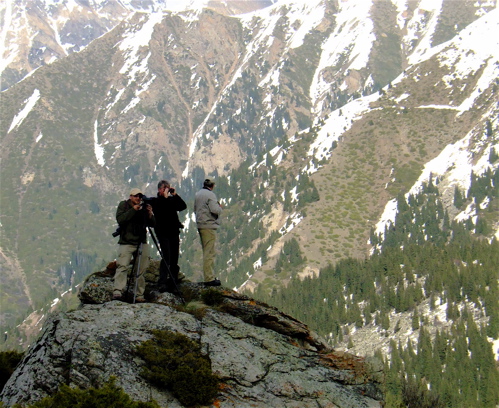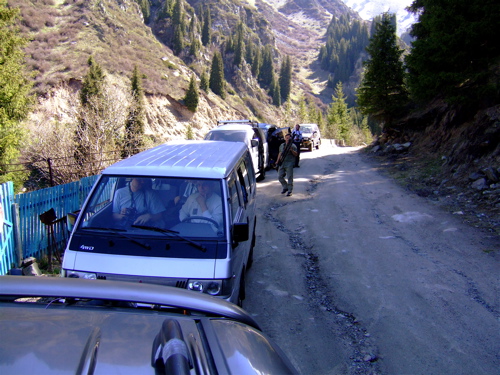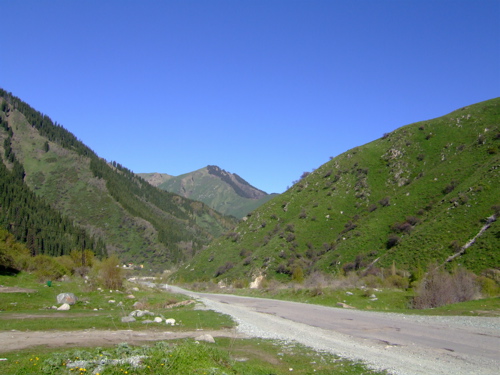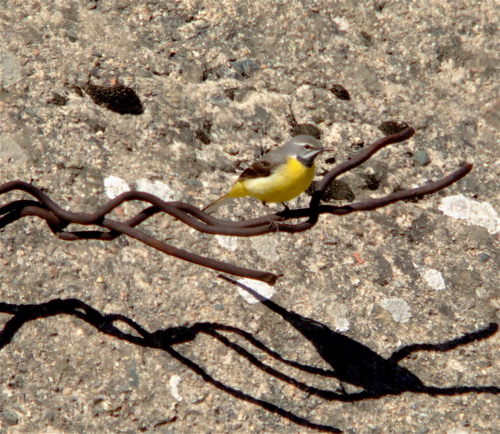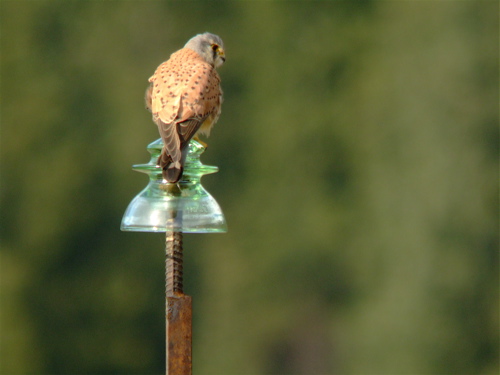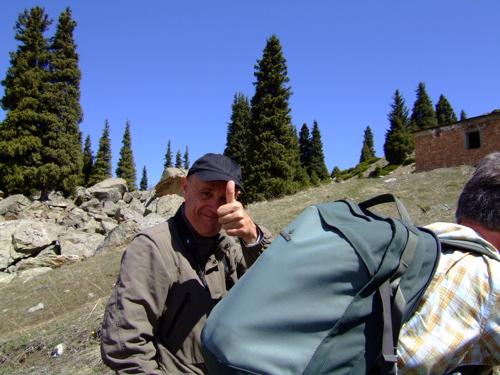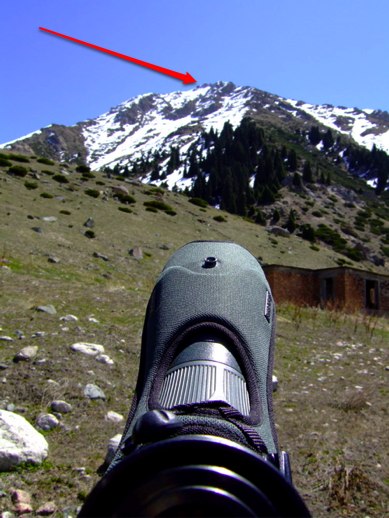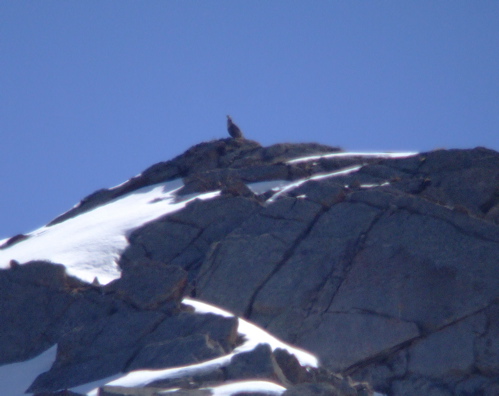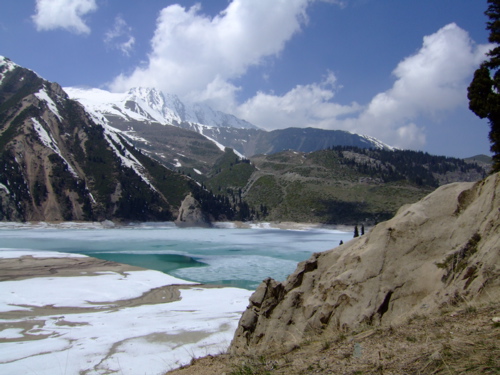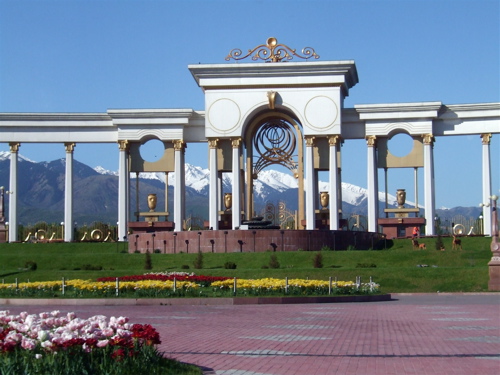 I've blogged quite a bit about the first part of my amazing trip to Kazakhstan. We spent the first half on the Steppes (short grass prairie) and then flew from Astana to Almaty. I think my favorite part of the trip was exploring the Tien Shan Mountains near Almaty--beautiful, remote, rugged. Everywhere you went, even in downtown Almaty (above) you felt that adventure was just around the corner.
I've blogged quite a bit about the first part of my amazing trip to Kazakhstan. We spent the first half on the Steppes (short grass prairie) and then flew from Astana to Almaty. I think my favorite part of the trip was exploring the Tien Shan Mountains near Almaty--beautiful, remote, rugged. Everywhere you went, even in downtown Almaty (above) you felt that adventure was just around the corner.
And for people who think birding is boring, I submit this photo. How can you see birders perched on on a peak surrounded by snow capped mountains in Kazakhstan and say that bird watching is boring? Especially with the types of birds we saw.
Look at this little beauty. This is a Himalayan rubythroat singing on territory--I love that I saw birds with the word "Himalaya" mixed into their name. Some of the other birds our group saw on this glorious day included red-mantled rosefinch and fire-fronted serin.
After an interesting breakfast of cold cuts, tomato cucumber salad, porridge, various breads, really white sausage, and Nescafe we loaded up into vans and took some very vertical and rutted dirt roads into the Tien Shan Mountains. We were on our way to Ili Alatau National Park (follow the link to the park and take note of the wildlife species list). It was a warm May day outside our hotel but I noticed that the mountains in the distance had snow, so I wore my convertible pants, socks with my Keens, wore a fleece and kept a scarf around my neck.
Everywhere we looked, we were surrounded by grandeur. We made a few stops for soaring raptors and found black kites and a non raptor called a chough (pronounced "chuff"). All kinds of smaller birds could be heard echoing from the mountains.
We made a stop here for brown dipper. It was cumbersome getting a large group of eager digiscopers around the rocks, we were all impatient for this cool life bird and anxious to get a photo. I got a brief look and the bird flew round the bend. Some of the group followed, but I opted to stay in my spot. If this dipper was like the dippers in North America, it would be back.
While I waited, a grey wagtail perched nearby. One of the British birders made a comment that I shouldn't be wasting time with that species, there were more exciting ones to be seen. Wagtails in all sorts of color variations are prevalent in Europe and since I hadn't been anywhere near Europe up to that point, it was very exciting to me.
The group that followed the brown dipper got great looks at a mating display. All of us ended up getting photos of this little brown bobbing bird.
We eventually made to our destination--Big Almaty Lake. Our target bird was a shorebird called an ibisbill. The birds have nested in this area in the past. Alas, we did not see it on this trip, but who cares when you have scenery like that to take in? Despite all the snow and ice, it was perfect hiking weather. I even had to remove the fleece because I got so hot.
There was a pair of common kestrels hunting over our heads (above is the male). That was not the only falcon--there was also a pair of Eurasian hobbys screaming and flying overhead--I was so excited to see those and they totally make up for the lack of ibisbill. I have always wanted to see a hobby ever since I was a kid and watched an episode of the Leo the Lion called The Falcons when an angry flock of hobby falcons get dropped off in Leo's jungle via a tornado and attack all the animals.
While we were walking, we could hear Himalayan snowcocks calling all around us. They sound kind of like loons or perhaps a bit more like elk. I scanned the tops of the mountains wondering where they were when Philippe Jacques Dubois (the dude in the above photo) actually found them with the scope!
The arrow is pointing to roughly where the snowcock was standing and calling.
And there is the snowcock and here is a link so you can what they look like close up. There was also a female who would pop up and down causing the male to go into full display mode--it was awesome. I was so excited to see these birds here in their native habitat. We actaully have a population of these birds in Nevada...a snowcock introduction program was started in the 1960s because Nevada felt there weren't enough native game birds to hunt, so why not bring in an Asian species?
But being surrounded by the gorgeous mountains while listening to the lonely wail of the snowcock made for a perfect day.
More coming.

